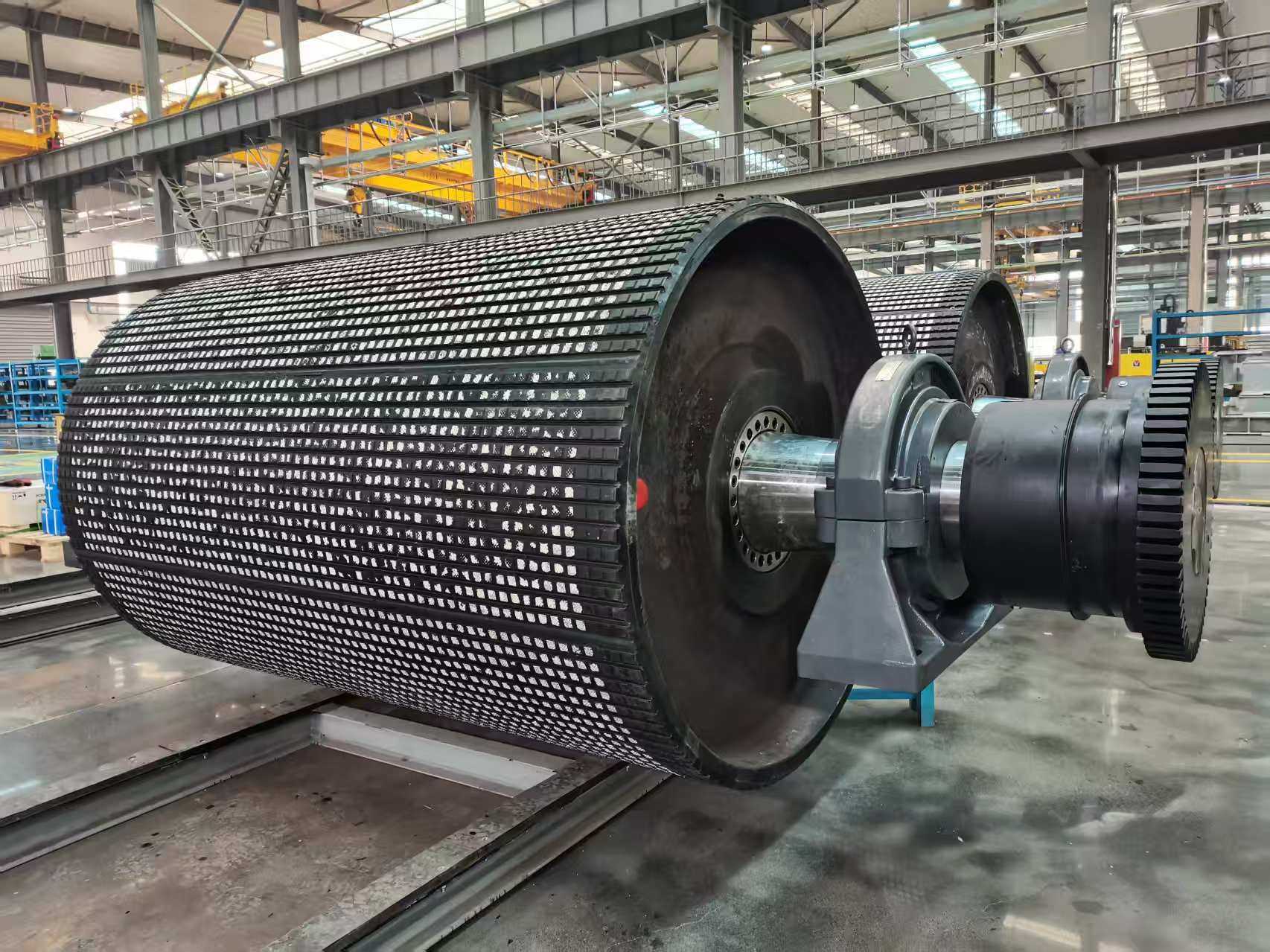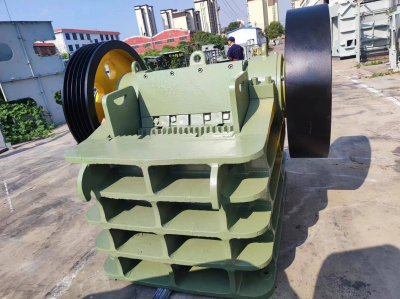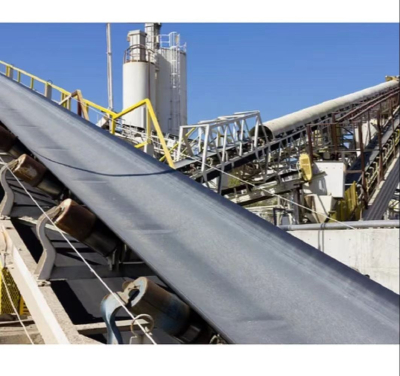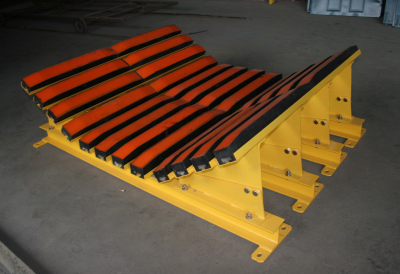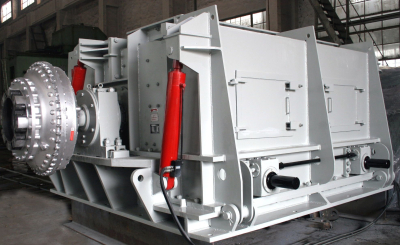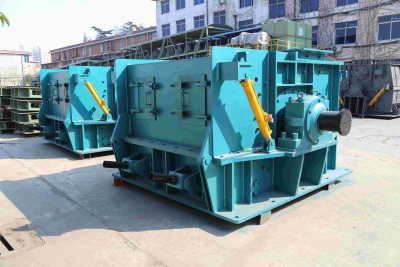Ceramic Pulley
The ceramic pulley is mainly composed of a metal-based cylinder, a rubber cylinder and a ceramic sheet. The metal-based cylinder provides support and strength, the rubber cylinder is wrapped around the metal-based cylinder to provide cushioning and vibration damping, and the ceramic sheet is embedded on the outer surface of the rubber cylinder.
The ceramic pulley is in contact with the conveyor belt through the ceramic sheet on the surface, using the ceramic sheet's high hardness, high abrasion resistance and high coefficient of friction to transmit power and drive the conveyor belt, and at the same time, reduce the conveyor belt's slippage and wear on the surface of the pulley.
1. Excellent Wear Resistance: Ceramic pulleys outperform traditional rubber pulleys and rubber - coated pulleys in terms of wear resistance. The wear - resistant property of special ceramics is 266 times that of manganese steel and 171.5 times that of high - chromium cast iron. With a service life of at least 5 years, it is more than 10 times that of traditional rubber - coated pulleys.
2. High Friction Resistance: The surface of the ceramic pulley is designed with unique bumps, which have a high roughness. The friction coefficient between the ceramic pulley and the belt is large, which effectively prevents the belt from slipping and running off - track during continuous operation, improving the stability of the transportation system.
3. Firm Ceramic Bonding: In the manufacturing process, high - strength ceramic - metal adhesive is used to bond the ceramic pieces to the metal cylinder. The contact surface between the ceramic and the pulley adopts a "dovetail groove" design. The thickness of the adhesive between the ceramic and the pulley is ensured to be above 1mm, and the bonding shear strength is ensured to be above 12 Mpa, which ensures that the ceramic pieces will not fall off.
4. Light Weight: The density of ceramics is about half that of steel. Ceramic pulleys of the same specification are lighter in weight, which can reduce the burden on equipment and enhance wear resistance.
5. Good Thermal Insulation Performance: Ceramic pulleys also have certain thermal insulation properties, which can maintain the temperature of materials, reduce energy consumption, and improve production efficiency.
6. Good Smoothness and Cleanliness: The surface of ceramic pulleys is smooth and flat, which is not easy to adhere to dirt and impurities. It is easy to clean and maintain, ensuring the quality of materials and hygienic safety.


